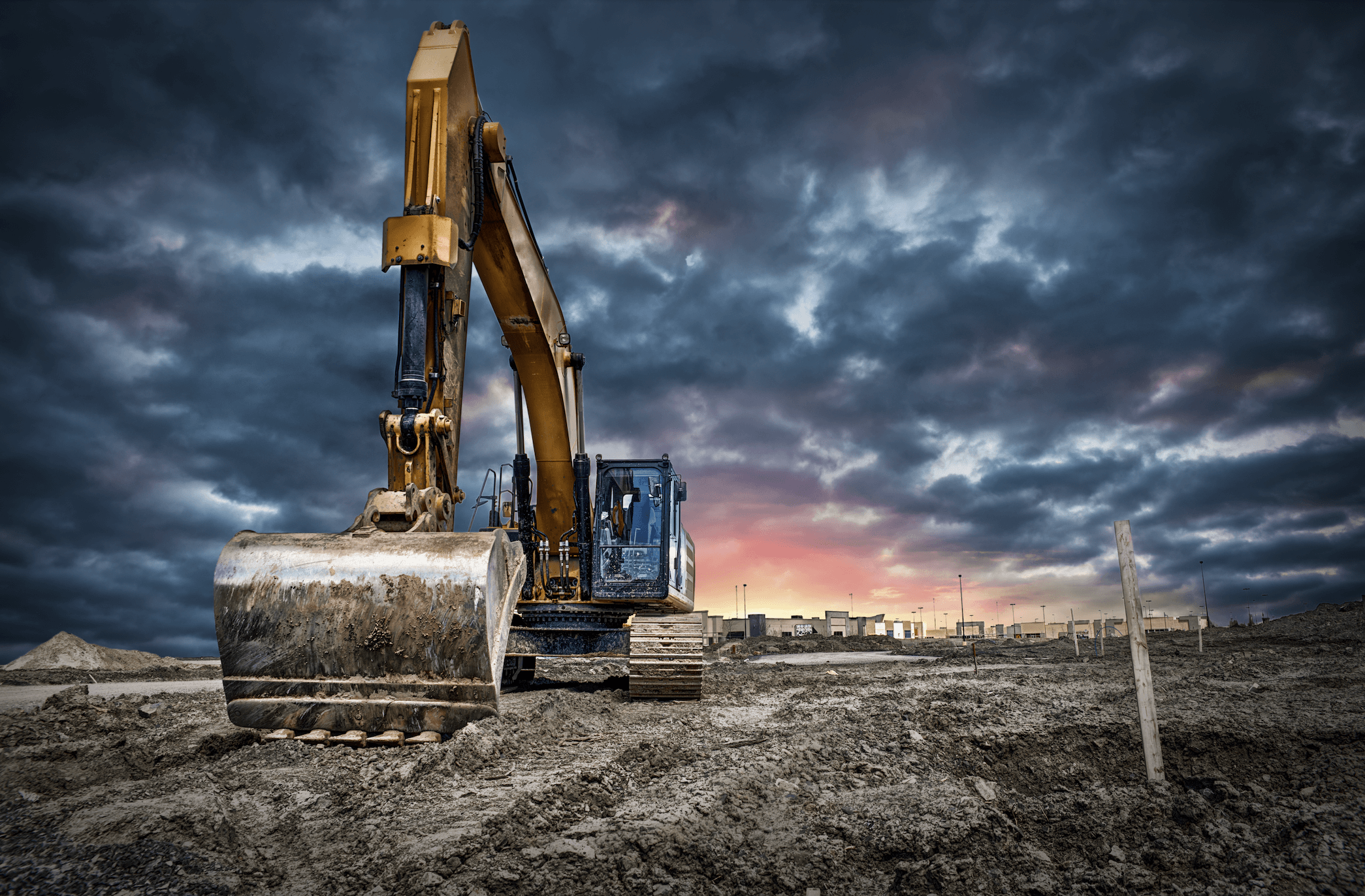On June 28, General Motors announced that its net profit dropped by 40 percent in the second quarter, a function of depressed demand in pandemic China as well as supply-chain snarls that left the company with nearly 100,000 unfinished – and therefore unsold – cars on its hands.
During its earnings call on August 2, Caterpillar cited similar challenges. The company predicted continued challenges in China, which accounts for between 5 and 10 percent of its revenue, and zero improvement in supply chain concerns.
These setbacks have the potential to serve as the shots in the arm that the US market, and frameworks defining it, need to start re-prioritizing production.
But for all their dismal news, neither company’s leadership suggested a change in approach on the horizon: “We see that as temporary,” said GM Finance chief of the company’s financial performance. “We continue to see big things for China.”
GM and Caterpillar are just two examples of a larger trend; of US industry reeling from lockdowns, restrictions on foreign entities, and unfair market practices in China – on top of a land war in Europe, pandemic ripple effects, and a strained international logistics system. In the immediate, this is the bad news coloring quarterly earnings calls and concerning shareholders. But in the longer term, there’s opportunity: These setbacks have the potential to serve as the shots in the arm that the US market, and frameworks defining it, need to start re-prioritizing production. GM and Caterpillar, their shareholders, and US industry writ large are seeing the accumulated debts of decades of offshoring – and decades of offshoring to geopolitical adversaries – reach maturity. And these debts are reaching maturity while there is still time to implement a new industrial model. But for that to happen, executives, shareholders, and markets need to start doing things differently.
The economic logic of the post-Cold War era was one of efficiency; maximizing profits by minimizing costs. Now, US industry is seeing the accumulated debts of decades of offshoring to geopolitical adversaries reach maturity.
The economic logic of the post-Cold War era has one of efficiency; maximizing profits by minimizing costs. This logic has resulted, needless to say, in an era of globalization, characterized by the outsourcing of labor- and energy-intensive industry to low-cost geographies (read: China). This approach has rested on three assumptions: First, that the calm of the international economic and political system would persist; second that all players in the globalized industry chain would play by its rules, spoken and unspoken; and third, that the costs and returns of industry are perfectly captured by figures on balance sheets.
Now, every one of those assumptions is being proven wrong.
The pax globalizationis has been ripped apart by global pandemic and great power conflict. And that’s just the tip of the iceberg; the immediate manifestation of a longer-term reality. Not every country out there has been playing nice for the past couple decades, separating economic engagement from geopolitical competition. China has been shoring up the world’s reliance not for the sake of win-win profit-maximizing free trade calculations, but to weaponize dependencies. Now, they are pulling the strings. China’s battery giant CATL is pausing movement on a US plant, spurred by House Speaker Pelosi’s trip to Taiwan – incentivizing Tesla, one of its major customers, to support China’s claim to the island. Russia is holding natural gas flows to Europe hostage, threatening the West’s ability to maintain a unified front resisting Moscow’s invasion of Ukraine.
At the same time, more pervasively and dangerously, the United States and American companies are finding that at times of disruption – whether that’s geopolitical upheaval or a new industrial revolution – a real domestic industrial foundation is more valuable than any profit and loss statement or quarterly earnings calculation would have suggested.
These trends and realities are not new. However, the impact of these trends is being felt with new severity – just ask Caterpillar, GM, or Tesla.
And they are being felt in a way that even the short-termist US system can appreciate. American companies respond to shareholders and shareholders think about the next quarter not the quarter five years from now. The same goes for politicians and voters. For years, this has been used as an excuse not to invest in long-term survival and growth. However, we’re in a new environment now. Today, we have reached the quarter five years from now.
With the costs of the cost-minimizing logic real and immediate – for US and allied companies, investors, and governments – it’s time to adopt a new model. It’s time to adopt an effectiveness logic. Instead of optimizing for the lowest costs, the US needs to start optimizing for resilience and, with it, independence in key sectors of the economy and within critical value chains.
It’s time to adopt an effectiveness logic. Instead of optimizing for the lowest costs, the US needs to start optimizing for resilience and, with it, independence in key sectors of the economy and within critical value chains.
That means shoring up supply, beginning in critical and strategic industries, and within those starting at the upstream. It also means shoring up demand: GM and Caterpillar are not only struggling because of supply chain issues stemming from China’s lockdowns. They are also struggling because they depend on China’s market, and right now Beijing is holding that hostage. This is not a new trick. Beijing has long leveraged the allure of market access in China to coerce foreign players – whether those making capital goods to export to China or investment banks hoping to underwrite the IPO of China’s hottest company. Across the board, these players need to stop counting on the golden goose of the Chinese Communist Party. That is a goose that will never materialize.
A resilience approach, minimizing exposure to China, is now the economically and politically desirable approach, in the immediate and in the long-term. But for it to be adopted, executives, shareholders, consumers, and regulatory authorities need to realize as much. Investors should be asking for supply chain and market dependency information and making decisions accordingly. So should credit rating entities. The SEC should be calling for that information to be disclosed; national and local governments should be using it to inform their procurement decisions. And companies should realize that none of this is temporary.
This is a brave new world. It demands brave new leadership, from public and private stakeholders alike.
Nate Picarsic is a co-founder of Horizon Advisory, a supply chain and geopolitical risk startup, and a senior fellow at the Foundation for Defense of Democracies. His commentaries on industrial innovation have been published in outlets ranging from TechCrunch to Defense One.
Emily de La Bruyere is a co-founder of Horizon Advisory, a supply chain and geopolitical risk startup, and a senior fellow at the Foundation for Defense of Democracies. Her analysis has been cited in outlets including The New York Times, The Wall Street Journal, and The Washington Post.
(Photo by michelaubryphoto/ShutterStock)




